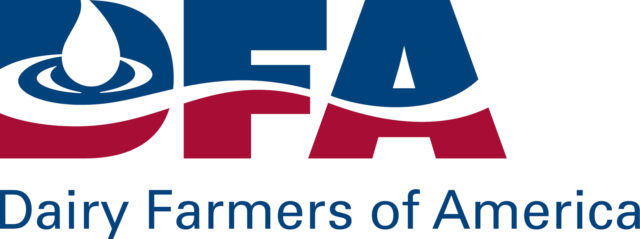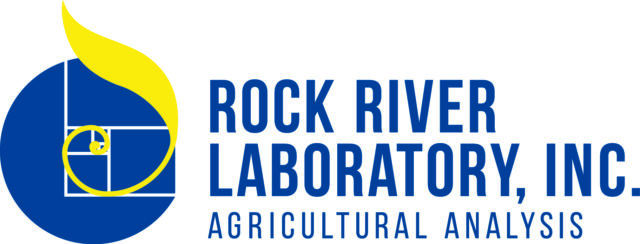The USDA is hedging its bet by delaying preparation of a final version of a California Federal Milk Marketing Order (FMMO) for producer vote, according to an attorney with the agency.
In a document published in the Federal Register on Feb. 6, the USDA said it would delay action on the California FMMO until the Supreme Court rules on Lucia v. Securities and Exchange Commission. Stephen Vaden, with the USDA Office of the General Counsel, hosted a stakeholder conference call on Feb. 13 to explain the rationale behind the decision.
For background, read “California FMMO taking a detour through Supreme Court.”
Vaden said cases pending before the U.S. Supreme Court call into question administrative law judges (ALJ) working with the Securities and Exchange Commission. Petitioners in both cases allege the ALJs, as currently appointed, violate the “Appointments Clause” of Article II of the Constitution. The U.S. Department of Justice (DOJ), which represents the USDA and all federal agencies in litigation matters, has reached the conclusion the petitioners are correct.
The proposed California FMMO was promulgated under a formal rule-making process involving trial-type procedures and presided over by an ALJ, who performs functions such as keeping the hearing on track, ruling on admissibility of evidence and certifying the record, Vaden said.
Dairy producer groups frustrated by the USDA’s delay have noted the ALJ overseeing the hearing, Jill S. Clifton, was serving in a rule-making capacity and not performing adjudicatory functions, and therefore not required to meet the same appointment standards under the U.S. Constitution.
Western United Dairymen (WUD), along with the Milk Producers Council and California Dairy Campaign, submitted a letter to U.S. Secretary of Agriculture Sonny Secretary urging him to release the decision.
Vaden, citing legal precedent, disputed that claim, saying because an ALJ presided over the hearing, the decision in the Supreme Court case could open any final California FMMO to future legal challenges. Ultimately, the California FMMO could be vacated (thrown out), he warned.
Possible options and timetables
Vaden outlined several options and timetables. The option with the shortest timetable, rolling the dice that the Supreme Court would decide ALJs are appropriately appointed, would mean the California FMMO could be implemented by October 2018.
However, that option also carries the greatest risk. If USDA moved ahead with a vote and implementation of the California FMMO – and the Supreme Court issued an adverse ruling – efforts to create a FMMO in California would have to go back to the beginning, initiating another three-year promulgation process. That means implementation of a California FMMO would be delayed until late 2020 or early 2021.
Instead, Vaden said, the USDA has decided to take a “ratification option.” In this scenario, USDA will immediately appoint a ”judicial officer” – appropriately appointed under the Appointment Clause – to review the record and exhibits presented during the 40-day public hearing held September-November 2015.
After reviewing all evidence and exhibits presented during the hearing, the judicial officer can ratify the hearing record, allowing the USDA to issue a “final decision” and conduct a producer referendum. If approved, that would put the FMMO on track to be implemented in November 2018.
If the judicial officer requires additional information or recommends changes to the “recommended decision” issued by USDA in February of 2017, an additional USDA review and public comment period would be necessary, delaying a vote and implementation until February 2019.
Vaden said USDA believes the potential one- to four-month implementation delay is preferred.
“The USDA feels this is the best option in the interest of our producers, because it will make certain what we do is in accord with the Constitution, while also not exposing our California milk producers to the untenable risk of having to wait three years if our legal bet is wrong,” he concluded.
While removing the potential of having to start from scratch reduces the biggest risk to the process, the uncertainty of not seeing a final decision continues to hang over dairy producers’ heads, said Annie AcMoody, Western United Dairyman (WUD) director of economic analysis, in a follow-up newsletter to organization members.
WUD President Frank Mendonsa expressed disappointment in the delay, saying “milk prices in California are still as depressed today as they were over two years ago. While some tweaks have been made to the California formulas since then, there is hope in the producer community this could yield higher prices for California producers.”
Vaden’s comments are part of the public record and have been posted on the USDA website. The call officially begins at the six minute mark. ![]()
PHOTO: Meeting with U.S. Secretary of Ag Sonny Perdue during World Ag Expo in Tulare, California, several state dairy organization leaders discussed recent developments delaying advancement of the proposed California Federal Milk Marketing Order. Pictured left to right are: Pete Garbani with Land O'Lakes, U.S. Secretary of Ag Sonny Perdue, Joaquin Contente with the California Dairy Campaign and Frank Mendonsa, president of Western United Dairymen. Photo courtesy of Western United Dairymen.

-
Dave Natzke
- Editor
- Progressive Dairyman
- Email Dave Natzke






